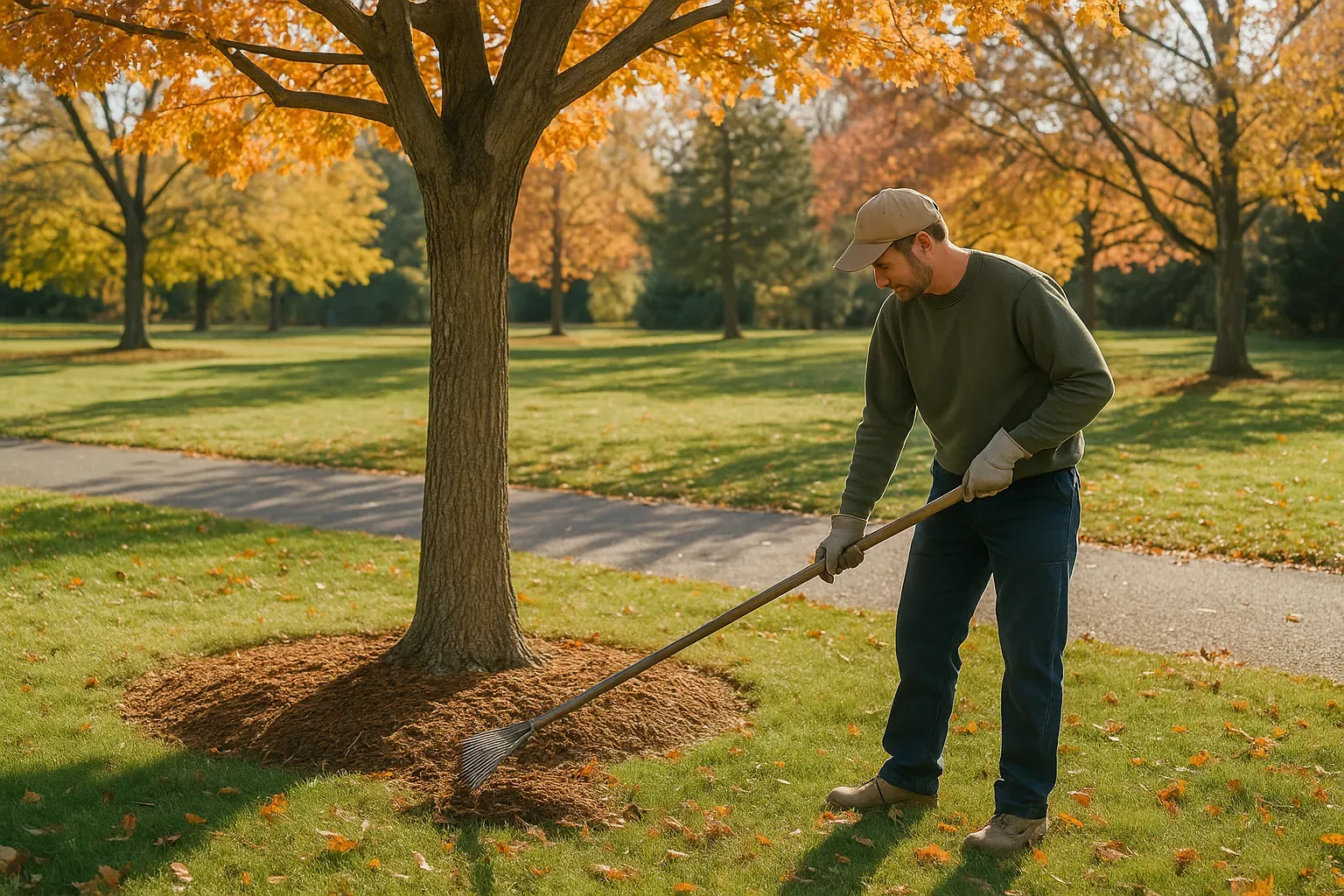How to Spot a Dangerous Tree on Your Property in Middletown NJ
Not all hazardous trees look like they’re about to fall. Some hide their weaknesses until a storm hits and disaster strikes. By learning the signs of structural problems, disease and decay, you can address issues early and protect your family and property.
Look for Leaning or Lopsided Trees
A gradual lean can indicate that a tree’s root system is failing. Sudden leaning after a storm is a red flag and may require immediate removal. Trees growing at odd angles should be evaluated for internal decay or root problems. If the soil at the base is cracked or heaving, call an arborist right away.
Inspect the Trunk and Branches
Cracks, cavities and peeling bark often point to internal rot. Mushrooms or fungal growth around the base signal that decay has set in. Large dead limbs or branches without leaves could break off during high winds. Bark inclusions – where two trunks or large branches grow together – form weak points that may split under stress.
Check the Roots and Soil
Healthy roots anchor a tree and supply nutrients. Soil compaction, poor drainage and construction damage can compromise root systems. If you see fungi at the base, soil that stays soggy or exposed roots, the tree may be unstable. Avoid piling mulch against the trunk, which can invite pests and disease.
Be Mindful of Location
Trees near houses, driveways, play areas and power lines pose greater risks. A falling tree can cause property damage, injuries and power outages. When in doubt, have a certified arborist evaluate the tree’s risk and recommend mitigation options, such as pruning, cabling or removal.
Routine inspections by a trained professional are the best way to catch problems early. If you notice any of these signs, contact Tree Service Middletown NJ for an expert assessment. Our emergency crew is available 24/7 to handle hazardous situations throughout Middletown, Navesink, Belford and beyond.
